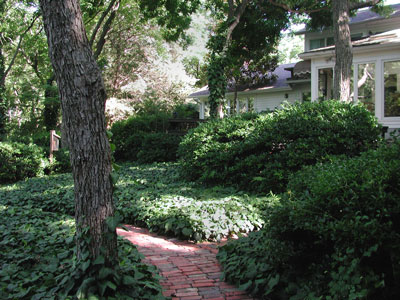Some Bricks are Better

When I was a teenager, I built my family a short sidewalk. I’d torn down an old Gulf gas station and salvaged all of the bricks. I’ve always had a fascination with antique bricks.
But the bricks that I used on that walk in College Station were not moisture-proof, and several years of freezing and thawing caused them to slough apart and crumble. They simply weren’t made to be exposed to moisture constantly.

Jump ahead 25 years. I had the chance to buy street pavers after a major pipe was cut down the middle of a main street of a north Texas city. Those pavers had been in the ground more than 90 years at that time, and they were as good as new. They, I was told, had been fired much hotter, so they were impervious to moisture and therefore wouldn’t be hurt by the freeze-thaw cycles.

Life is a dance where you take two steps forward and one step back. We had been hearing birds in our chimney. We no longer used the fireplace, but we were concerned. I contacted a local chimney repair company.
They brought me a photo when they came down, and they told me they see this sort of situation fairly often. The top 2 feet of bricks were basically just sitting atop one another with cracks all through their mortar. Our damper had rusted shut.
We have a new damper at the top of the chimney, and they made a new cap to keep further moisture out of the new mortar they put in place.
So in some small way this does apply to gardening (and walks, patios and retaining walls) as you’re choosing paving bricks for your gardens, but more than that, it applies to your safety. If you’ve not had a chimney specialist inspect your fireplace in several years, it’s a real deal – don’t wait to read in the fire department’s report that your chimney was to blame for your blaze.
